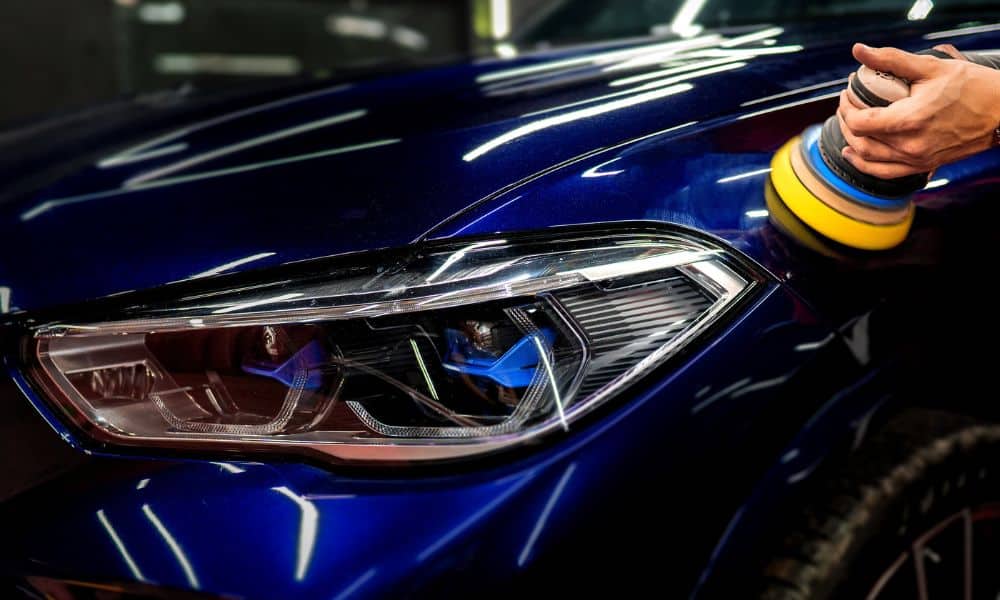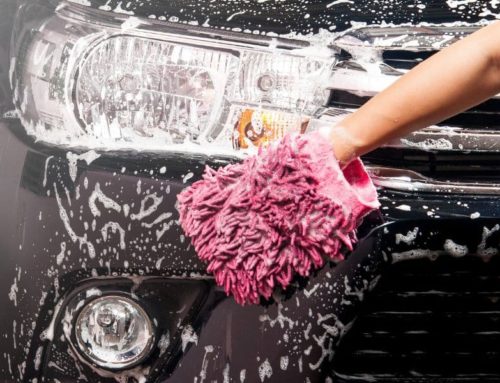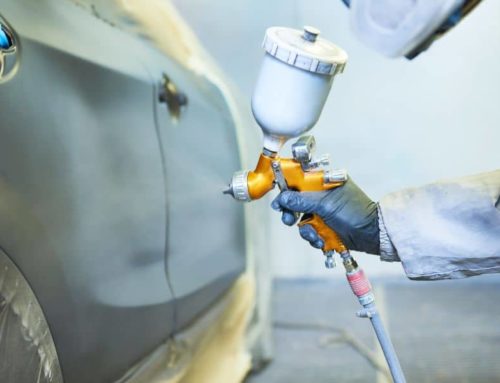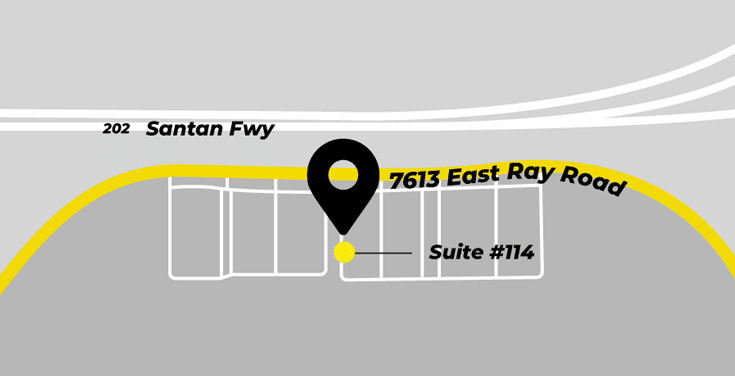
Car polishing is one thing many car owners don’t often do enough. It’s important for keeping your car looking nice and protecting it from the elements. Even though it’s best to get professional paint correction from a team like ours to ensure that your vehicle’s paint job looks absolutely perfect, you should still understand the steps that go into this process. So without further ado, here are the essential steps of car paint polishing.
The Prep Stage
Before we start fixing your car’s paint job, we need to start by prepping your vehicle. This begins with a basic car wash. This will help ensure that any dirt, dust, and residue stuck on your car comes off before the process really begins. Most pros typically follow that up with a decontamination spray to remove anything in hard-to-see or out-of-reach spots. Some debris doesn’t come off easily, so this spray helps finish the job.
Leveling the Paint
Once the preparations are out of the way, it’s time to start the leveling process. This is when the paint correction truly begins. With the use of a microfiber cutting pad and an electric polisher, the person working on your car will level out any scratches on your car’s surface. We must switch out this pad multiple times while going over your vehicle to ensure we don’t cut too deep while leveling things off.
The Final Polish Job
As you might expect, the leveling process will make your vehicle look rather dull. This is where polishing finally comes into play. The person working on your car will switch the microfiber cutting pad out with a polishing one. They’ll go back over your vehicle in a similar way to the leveling process, switching out the pad every so often to ensure an equal finish across your whole vehicle. However, with polishing, it’s best to do two to three coats.
The Potential Protection Step
The final step of a car paint polishing job is ceramic coating. It isn’t necessarily a requirement, but we highly recommend that people do it. This is because a ceramic coating will help protect your car’s paint job from future damages, saving you from needing to come back to get another paint correction soon after your last one.
This process does vary a bit. But generally, a professional will use an applicator to put the ceramic coating onto your vehicle, spreading it as needed. Once it has sat for about a minute, they’ll use a microfiber cloth to wipe off any remaining residue. This can be a lengthy process but worth it in the end for the added protection.




